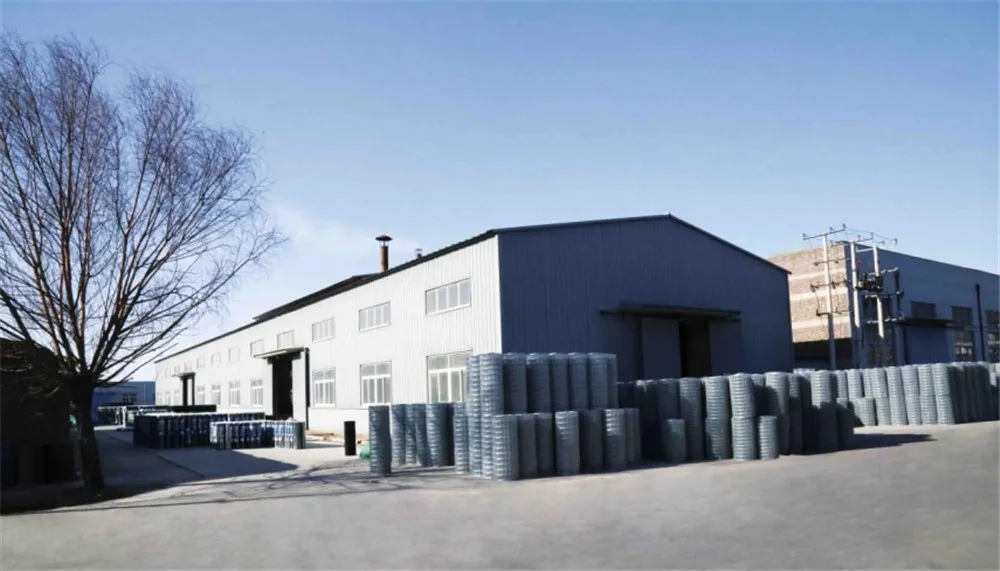
Nov . 21, 2024 17:21 Back to list
barbed wire fence
The Intricacies of Barbed Wire Fences A Historical and Modern Perspective
Barbed wire fences have been a defining feature of agricultural and industrial landscapes since their invention in the late 19th century. Originally conceived as an innovative solution to the problem of livestock containment, barbed wire has evolved into a multifaceted tool with applications ranging from farming to military use. This article explores the history, design, and contemporary significance of barbed wire fences, highlighting their role in shaping the landscapes and societies of both the past and present.
The first patent for barbed wire was granted to Lucien B. Smith in 1867, and the development of this simple yet effective technology revolutionized farming in America and beyond. Prior to its invention, farmers relied on wooden fences, which were often costly, labor-intensive, and prone to damage from weather and animals. Barbed wire provided a low-cost alternative that not only contained livestock but also served as a boundary marker, delineating property lines in a rapidly expanding agricultural industry.
As barbed wire became more prevalent, its design also evolved. Early types featured sharp barbs spaced evenly along a single strand of wire, but within a few years, manufacturers experimented with various gauges and barb configurations. This adaptability allowed barbed wire to serve multiple purposes—protecting crops, deterring intruders, and directing the movement of animals. The fence’s efficacy soon led to its widespread adoption across the United States, particularly in the arid regions of the Midwest where traditional fencing materials were scarce.
However, the widespread use of barbed wire also sparked controversy. In the late 19th century, conflicts arose between cattle ranchers and farmers, culminating in what was known as the Range Wars. Ranchers, who traditionally roamed freely with their cattle, viewed the barbed wire fences as an infringement on their grazing rights. This conflict highlighted the tensions between private land ownership and communal grazing practices, shaping the social dynamics of the American West and leading to the establishment of laws regarding property and land use.
barbed wire fence

In the 20th century, barbed wire found new applications beyond agriculture. It became a symbol of division, most notably during World War I and II when it was used in military fortifications to protect trenches and impede enemy advances. Fences made from barbed wire became synonymous with conflict and control, marking the boundaries of war zones and prisoners’ camps. Post-war, barbed wire continued to feature prominently in geopolitical contexts, symbolizing borders and separation, as seen in the Berlin Wall during the Cold War.
In contemporary society, barbed wire still serves practical purposes but has also taken on deeper meanings. Its presence in urban areas often signifies restricted access, confinement, or heightened security. Many see barbed wire as a stark reminder of societal divisions, whether they relate to borders, prison facilities, or areas of economic disparity.
Moreover, in modern agricultural practices, while barbed wire remains relevant, the advent of new technologies has led to more sophisticated fencing options. Electric fences, for example, offer enhanced security and efficiency, posing a question about the future of traditional barbed wire fences in a rapidly evolving world. Yet, despite technological advancements, the historical significance and symbol of barbed wire persist.
In conclusion, barbed wire fences are more than mere agricultural tools; they represent a complex interplay of history, utility, and socio-political issues. From their origins in the 19th century to their multifaceted roles today, barbed wire continues to shape landscapes and provoke discussion around fundamental concepts such as property, division, and protection. As society continues to evolve, so too will the narratives surrounding this ubiquitous yet controversial material. It serves as both a physical barrier and a metaphor for the larger issues of access and control that resonate throughout human history.
-
Why a Chain Link Fence is the Right Choice
NewsJul.09,2025
-
Upgrade Your Fencing with High-Quality Coated Chicken Wire
NewsJul.09,2025
-
The Power of Fence Post Spikes
NewsJul.09,2025
-
The Best Pet Enclosures for Every Need
NewsJul.09,2025
-
Secure Your Property with Premium Barbed Wire Solutions
NewsJul.09,2025
-
Enhance Your Construction Projects with Quality Gabion Boxes
NewsJul.09,2025
Products categories











